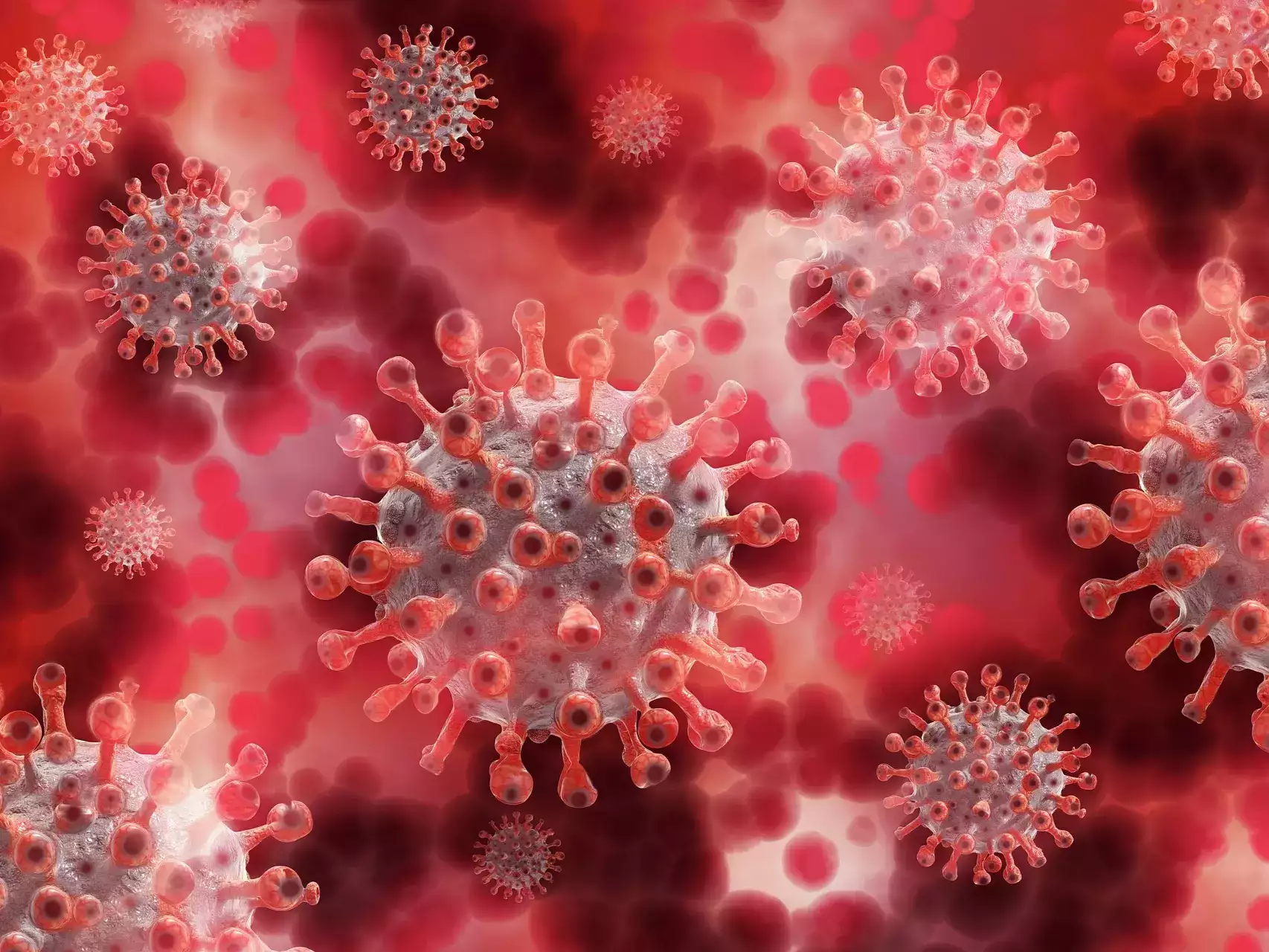Viruses in Unexpected Matrimony: New Discovery Sheds Light on Viral Relationships
In a surprising turn of events, scientists have discovered a phenomenon that challenges our understanding of viruses. Typically known for their relentless exploitation of other organisms, viruses have been observed to maintain a certain distance from their own kind. However, recent research has uncovered instances where two viruses form a temporary bond, resembling a “matrimony,” and even exhibit signs of affection, akin to “love bites.”
Viruses, being neither alive nor dead, rely on a host to complete their life cycles. Some viruses, known as “helper” viruses, require assistance from another virus to achieve their objectives. These helper viruses aid in creating protective shells or replicating DNA as they invade unsuspecting hosts.
While these viral partnerships necessitate close proximity to function effectively, the novel discovery unveils the first consistent and complete attachment of a satellite bacteriophage (a virus that infects bacteria) to a helper virus. Astonishingly, 80% of the helper viruses in the study had a satellite virus attached to their “necks.” The remaining helper viruses exhibited satellite tendrils, resembling the earlier-mentioned love bites.
Typically, satellite viruses possess a gene that facilitates their assimilation into hosts without being eliminated. However, in this particular instance, the satellite virus lacked such integration genes. To ensure their survival, scientists speculate that the satellites must remain closely bonded with their helper viruses whenever they enter a host.
The study authors propose that this unique behavior may be a result of long-term co-evolution between the satellite and helper viruses. After all, it’s challenging not to develop separation anxiety after being together for 100 million years.
Further research aims to determine the prevalence of this phenomenon and unravel the mechanisms behind the attachment of satellite viruses to their helpers. Lead author Tagide deCarvalho suggests that previous cases of “contaminated” bacteriophages might have actually involved these satellite-helper systems, and this study can aid in recognizing more of these systems.
The findings of this groundbreaking research have been published in the ISME Journal and can be accessed here. This discovery not only broadens our understanding of viral relationships but also adds a fascinating dimension to the intricate world of viruses.

I have over 10 years of experience in the cryptocurrency industry and I have been on the list of the top authors on LinkedIn for the past 5 years. I have a wealth of knowledge to share with my readers, and my goal is to help them navigate the ever-changing world of cryptocurrencies.











